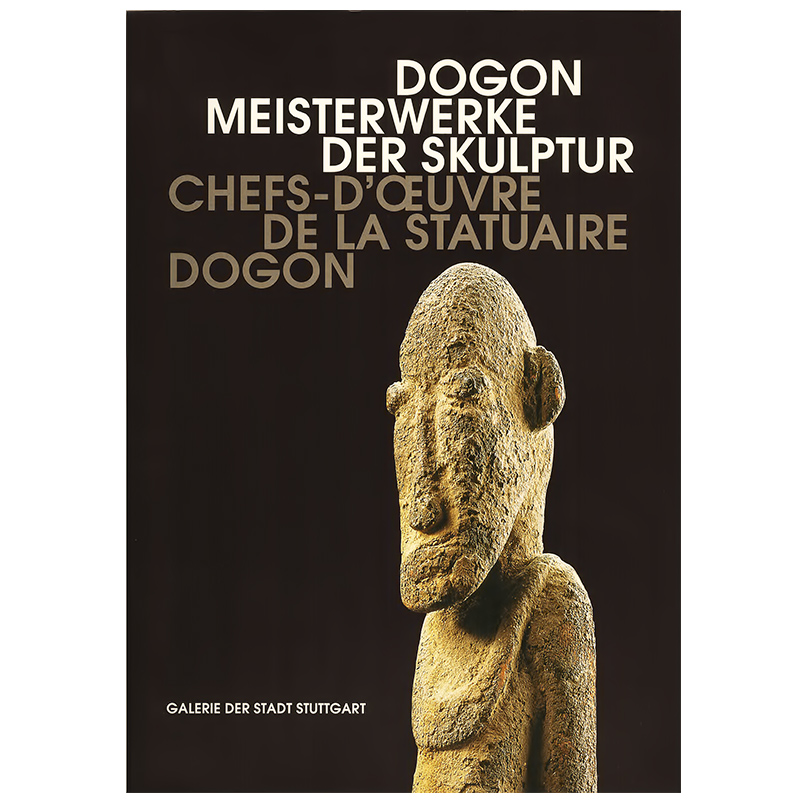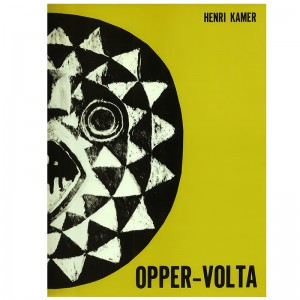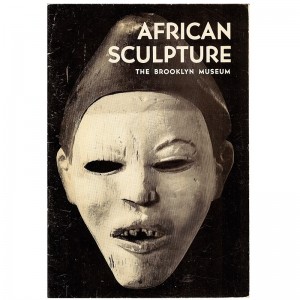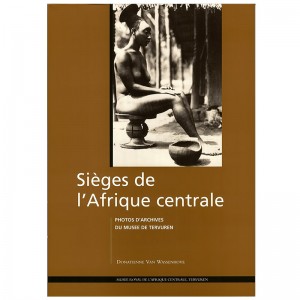DOGON – MEISTERWERKE DER SKULPTUR / CHEFS-D’OEUVRE DE LA STATUAIRE DOGON
Authors: J.-K. SCHMIDT / Heymer K. / LELOUP H.
Material Type: Exhibition Catalogue. Galerie der Stadt Stuttgart: 26/4. – 02/08/1998
Publisher: Galerie der Stadt Stuttgart, 1998. Paperback, 4to, size: 22.5 x 31.5 cm
Content: 136 p, 6 ill.. b / w, 25 ill. col. 1 b / w photos, 3 pictures col., 13 pl.coul., 2 maps
Additional information: bilingual text in German and French. Exhausted catalog.
State of the work: Very good condition
Description
It is on the steep slopes of Bandiagara cliffs between the high plateau and savannah of Mali in West Africa, lies the Dogon people. It consists of several clans that meets a common founding myth. The history of this community that still lives today in the heart of religious traditions, art and social is long over 900 years. But this autonomous culture is threatened to disappear in the coming years will amplify climate issues, the rural exodus, the civilization of the pressures with cultural ruptures that necessarily involves the growing Islamization. While ethnological science tries to fix and maintain all that can still be, this exhibition aims to give the public the opportunity to discover the art masterpieces of a culture that was ranked in 1989 by UNESCO world cultural heritage. Masterpieces of the Dogon statuary Djennenke the statues – the Nongom Tellem statues and statues are fundamental elements of an animistic religion in which the forces of natural reality presented themselves as human appearances. Since there are more animist priest, the tradition of the essence of this religion is lost. That is why these sculptures, which will keep forever the secret of their meaning, are, next to the village architecture, the only witnesses of a once highly evolved civilization. They differ from totem fetishes we know in African ethnology by their undeniable autonomy and a willingness to stylization is indeed that of artists at work. Largely and essentially the catalog of the exhibition is devoted to wooden works of the Dogon and Tellem, the people that preceded them. These are works which are among the most important of the African artistic production, and thus enter a world history of art.
Additional information
| Weight | 1010 g |
|---|---|
| Dimensions | 22.5 × 31.5 cm |
Related Products
-
AUS AFRIKA
30,00 €Subtitle: Ahnen - Geister - Götter Authors: J. Zwernemann / LOHSE W. Material Type: general or thematic Work Publisher: Museum für Völkerkunde Hamburgisches Christian und Verlag, Hamburg, 1985. Paperback, 4to, dimensions: 19.5 x 24 cm, ISBN 3-7672-0942-X Content: 190 pp, 180 b / w photos, 50 Color photos, 4 maps, biblio... State of the work:…
-
OPPER-VOLTA
100,00 €Authors: H. KAMER / TRIANDE T. Material Type: Exhibition Catalogue. Studio 44 - Passage 44, Brussels: 5 to 23 September 1973. Publisher: André De Rache, Brussels, 1973. Paperback, 4to, dimensions: 22.5 x 29 cm. Content: 184 p, 106 ill.. b / w, 4 ill. col., 8 pictures col. 5 pl.n / b, 3 cards. Additional…
-
AFRICAN SCULPTURE
20,00 €Subtitle: The Brooklyn Mueum Authors: F. TENENBAUM / E. BRYANT Material Type: general or thematic Work Publisher: The Brooklyn Museum, New York, 1957/1958. Stapled, in-8, size: 15 x 22 cm Content: 24 p, 17 ill. b / w, 1 cards, table of figures Additional information: limited release, exhausted and rare work State of the book:…
-
SIEGES DE L’AFRIQUE CENTRALE
30,00 €Subtitle: Archive Photos of Tervuren Museum Author: D. VAN WASSENHOVE Material Type: Exhibition Catalogue. Royal Museum for Central Africa in Tervuren: May to October 1996 Publisher: Royal Museum for Central Africa, Annals Humanities, Tervuren (Belgium), 1996. Paperback, 4to Content: 96 percent, 67 b / w photos, 6 pl.n / b, 1 cards, biblio.. Additional information:…
37,00 €
Out of stock








